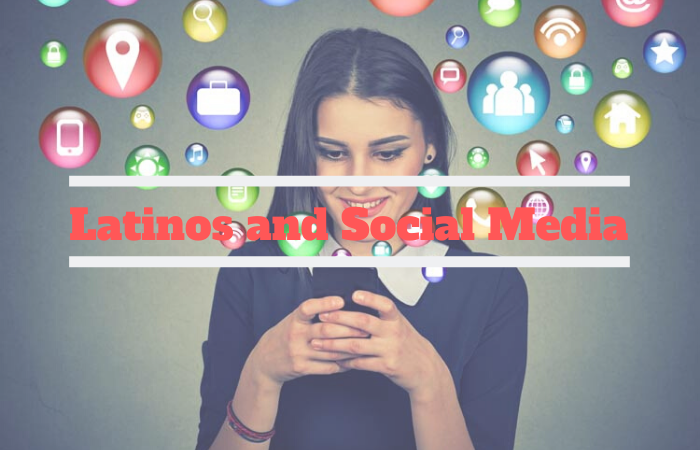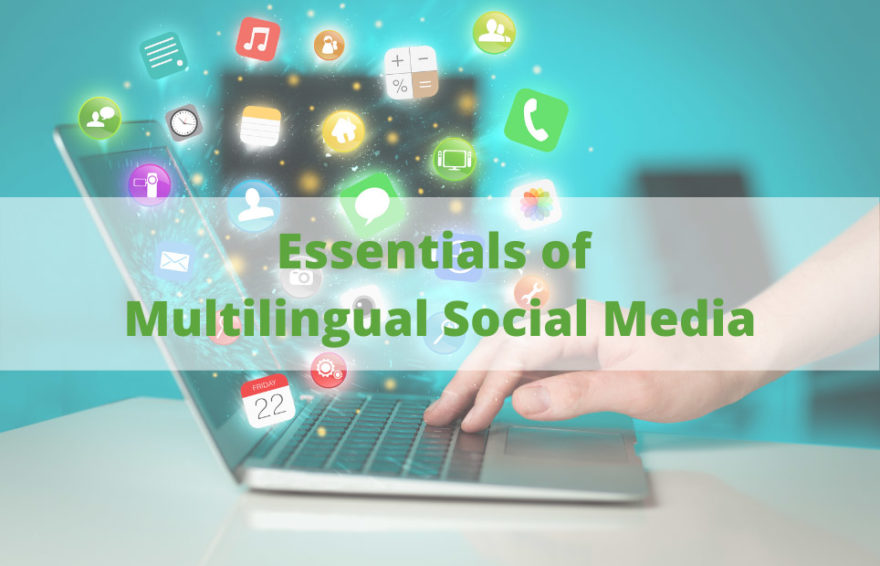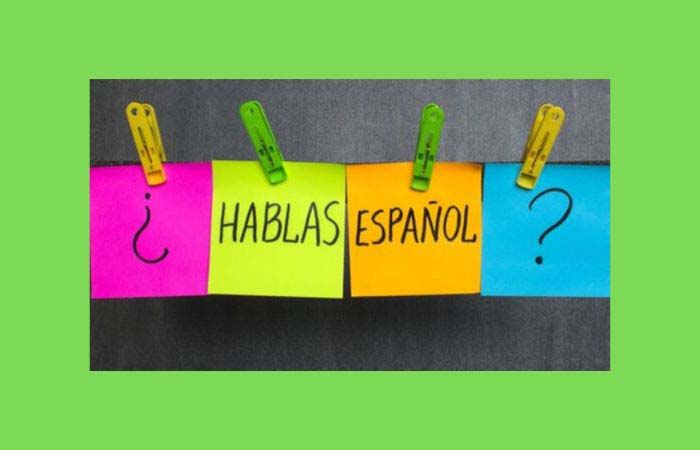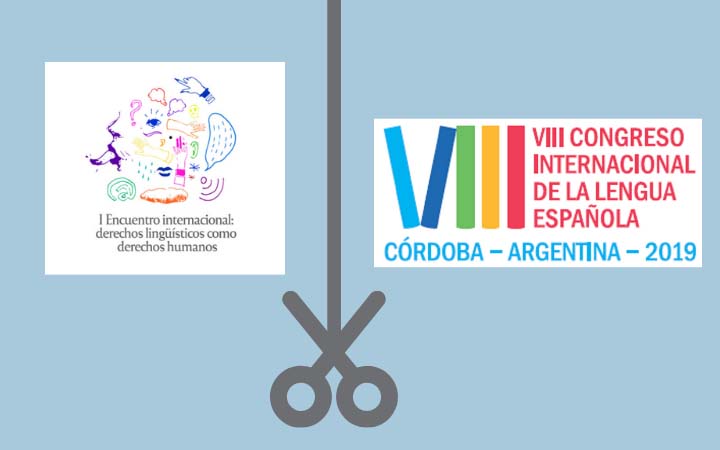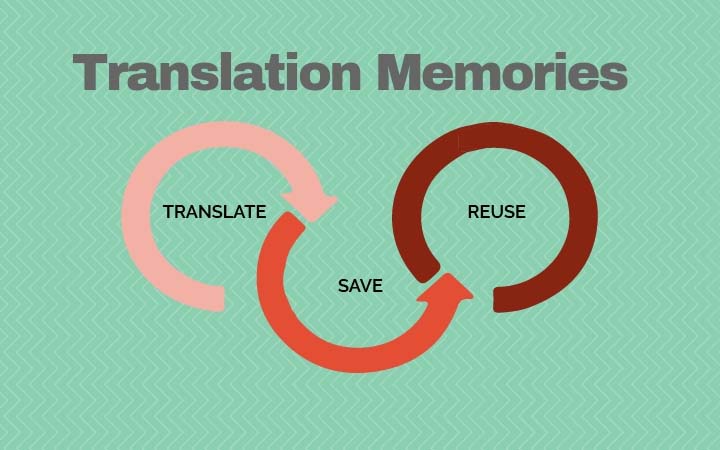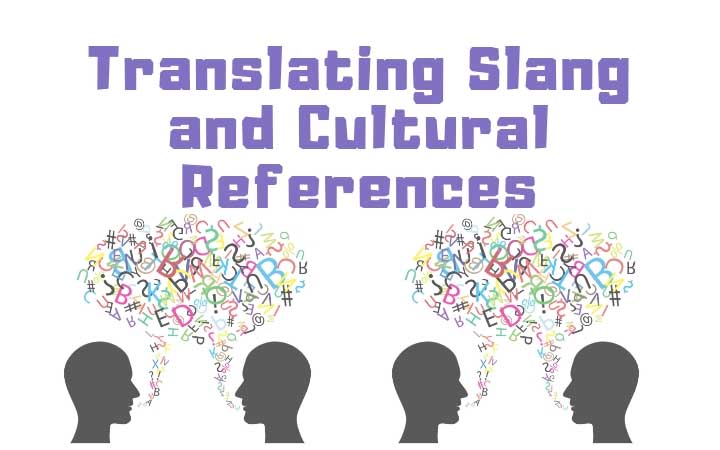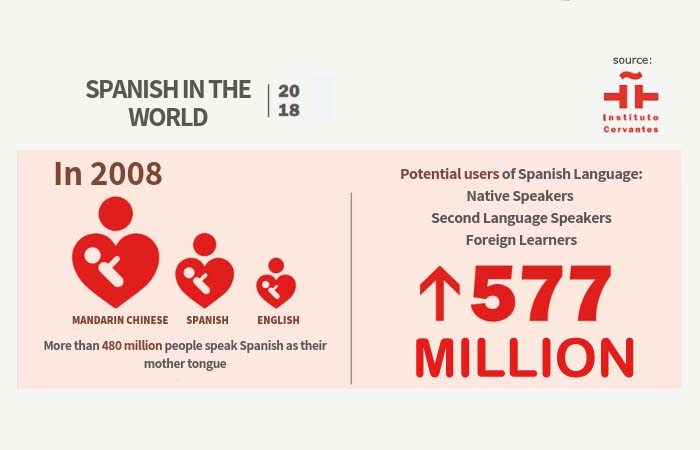In the early days of social media marketing, marketing strategists rarely used to target Latinos using social media or other forms of digital marketing. However, this has since changed and according to a recent article in Forbes, companies now need to be aware that on average, in the US at least, young Latinos are more likely to interact with companies on social media than the rest of the population and are very loyal to brands that use Spanish. Clearly, there is a good reason for brands to attract this growing and generally loyal target market.
According to eMarketer, while Hispanics in the US have a similar level of smartphone ownership compared to the general population, they spend 10.5 hours per week online on the devices on average compared to an average of 8.4 hours among other groups. They are also now more likely to use social networks via smartphone and are higher than average in their use of Instagram, Snapchat and Twitter, while also watching more content and buying more products online than the average.
Meanwhile, another study revealed the shocking statistic that almost 50% of Hispanic millennials had used a brand hashtag or discussed a brand online compared with a figure of 17% for non-Hispanics, showing not only the huge size of the Hispanic market but also a very high level of engagement.
Facebook has also revealed that their platform is the most popular among Hispanics, with 71% of survey respondents saying that they used Facebook every day. In terms of Twitter, a study conducted in August 2018 found that Latinos make up 31% of the Twitter users in the US, only surpassed by Asians at 35%.
The Latino community is now, as can be seen, an incredibly important target market online and as eMarketer concludes, “Internet penetration among US Hispanics has mostly – though not entirely – caught up with that of the general US population, but their digital activities still stand out in several ways,” adding that “ad spending growth on US Hispanic media has outpaced that of total media in recent years and will likely do so for the foreseeable future.” [1]
So, how can marketers take advantage of Latinos’ growing presence on social media to promote their brands?
Marketers must realize that an effective social media campaign directed at the Latino segment will involve more than just a mere translation of the existing English-language campaign. Hispanics are eager to connect with content and engage in a dialog with their favorite brands, so companies should provide opportunities for consumers to interact bilingually or in their preferred language as it has been shown to be highly appreciated. In addition, they must consider how the English-language and Spanish-language pages can complement each other and create synergy, rather than just duplicating the message in another language, since many users will likely visit both pages if companies offer unique content.
Although Twitter offers a different format for customer engagement, the keys to successful corporate marketing on Twitter are to 1) jump in on existing conversations that are taking place within the Latino community to develop brand awareness and 2) get consumers to join in on the conversation about the company’s brand. Live chats on Twitter also provide sponsorship opportunities that may prove attractive to advertisers.
Are you ready to speak to your Spanish-speaking audience?
Producing great content in Spanish takes time and commitment. We can help you expand your reach and establish a connection with an audience that speaks the second most widely spoken language in the world. If you’d like to find out more about our service, visit Multilingual Social Media.


